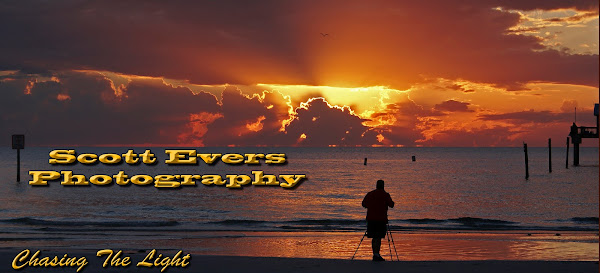Like many people, I love lighthouses. Growing up and living in the heart of the Midwest does not give you the opportunity to experience seeing them unless you are around the great lakes area. Thankfully my parents loved to travel, so I was exposed to their charm almost every year. Sometimes it was vacations in the many states that border the great lakes region, and other times it was trips to the costal beaches.
Lighthouse to Chicago IL Harbor
A lighthouse is a tower, building, or framework designed to emit light from a system of lamps and lenses or, in older times, from a fire and used as an aid to navigation and to pilots at sea or on inland waterways.
Lighthouses are used to mark dangerous coastlines, hazardous shoals and reefs, and safe entries to harbors and can also assist in aerial navigation. Once widely used, the number of operational lighthouses has declined due to the expense of maintenance and replacement by modern electronic navigational aids.
Key West, FL. Lighthouse
I get a lot of requests for lighthouse photos, and unfortunately I do not have very many of them. So I have made it my goal to try and photograph them whenever I am remotely close to one. I am even hoping and planning a trip to the east coast to photograph some.
Whitefish Point, MI. Lighthouse
In a lighthouse, the source of light is called the "lamp" (whether electric or fueled by oil) and the concentration of the light is by the "lens" or "optic". Originally lit by open fires and later candles, the Argand hollow wick lamp and parabolic reflector was developed around 1781 in Europe. In the US, whale oil was used with solid wicks as the source of light, until the Argand parabolic reflector system was introduced around 1810 by Winslow Lewis. Colza oil replaced whale oil in the early 1850s, but US farmers' lack of interest in growing this caused the service to switch to lard oil in the mid 1850s. Kerosene started replacing lard oil in the 1870s and the service was finally totally converted by the late 1880s. Electricity and carbide (acetylene gas) started to replace kerosene around the turn of the 20th century. The use of the latter was promoted by the Dalén light, which automatically lit the lamp at nightfall and extinguished it at dawn.
Jupiter Inlet Lighthouse, Jupiter FL.
To be effective the lamp must be high enough to be seen before the danger is reached by a mariner. The minimum height is calculated according to trigonometry by taking the square root of the height of a lighthouse in feet and multiplying it by 1.17 to yield the distance to the horizon in nautical miles.Where dangerous shoals are located far off a flat sandy beach, the prototypical tall masonry coastal lighthouse is constructed to assist the navigator making a landfall after an ocean crossing. Often these are cylindrical to reduce the effect of wind on a tall structure, such as Cape May Light. Smaller versions of this design are often used as harbor lights to mark the entrance into a harbor, such as New London Harbor Light.
Sanibel Island Lighthouse, Sanibel, FL
Perhaps the most famous lighthouse in history is the Lighthouse of Alexandria.The Lighthouse of Alexandria was built in 280 BC to serve as the port's landmark. With a height variously estimated between 115 and 135 meters (383 - 440 ft) it was among the tallest man-made structures on Earth for many centuries, and was identified as one of the Seven Wonders of the World by classical writers.
This is my favorite lighthouse photo. Not that I have many, but I do have a lot of the Sanibel Island Light since I go there often for bird photography. This shot was taken about 20 minutes after the sun went below the horizion behind me. I was on the causeway leaving Sanibel headed back to the mainland. This was shot with my Canon 50D, ISO 400, a Canon 500mm lens set at f16 (creates the star effect on the lights) for a 30 second exposure.
Hopefully in the future I will have a new batch of lighthouse phots to share with you.







I came across this site doing an image search for pelicans. I have always enjoyed watching them when I visit the Outer Banks of North Carolina. I had the first image that you describe as "The classic pelican photograph", tattooed on my right arm about a year ago. I just wanted to thank you for posting the photo.
ReplyDelete